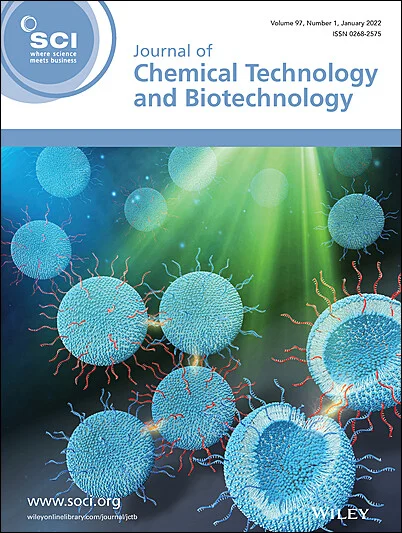Catalase-functionalized ZnO and graphene oxide used as electrocatalyst for the selective detection of hydrogen peroxide
Abstract
BACKGROUND
This study focuses on the fabrication of a biosensor for the electrocatalytic and selective hydrogen peroxide (H2O2) recognition with bovine liver catalase (CAT) immobilized over a cysteine (c) modified zinc oxide nanoparticles/graphene oxide (c-ZnO/GO) interface. The selectivity and sensitivity of the biosensor were augmented by the use of CAT and GO, respectively. The problem of CAT activity inhibition by GO was specifically solved by the incorporation of ZnO. Also, the cystine functionalization helped in better immobilization of CAT.
RESULTS
This unique approach was first validated with in silico computations that calculated the binding affinities to study the interactions between different components of the biosensor. The electrochemical studies confirmed the step-by-step modification of the sensor, where along with GO, c-ZnO nanoparticles also showed excellent electro-conductivity by fundamentally improving the peak currents towards H2O2. The proposed bio-nano interface exhibited superb electrocatalytic performance and specific detection capability for H2O2 across a broad linear range (0.1 to 40 μmol L−1), featuring a low detection limit (0.1 μmol L−1), as well as commendable reproducibility and storage durability. Furthermore, the biosensor yielded satisfactory outcomes for H2O2 detection in milk samples.
CONCLUSION
Sensing performance of nano-bio interfaces can be augmented by using the appropriate nano-composites and their efficacy confirmed through computational techniques such as molecular docking. The biosensor can be further repurposed into a wearable device by integration with lab-on-a-chip platforms. © 2024 Society of Chemical Industry (SCI).


 求助内容:
求助内容: 应助结果提醒方式:
应助结果提醒方式:


